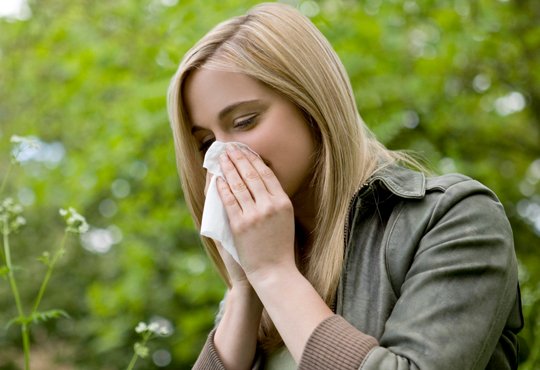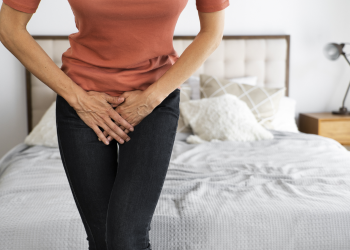Allergies

ALLERGY
Allergy occurs when a person reacts to substances in
the environment that are harmless to most people. These substances are known as
allergens and are found in dust mites, pets, pollen, insects, ticks, moulds,
foods and some medications. Atopy is the genetic tendency to develop allergic
diseases.
Symptoms
- Hives.
- Skin rash/itching.
- Swelling.
- Nasal or chest congestion.
- Sneezing, coughing, or wheezing.
- Stomach/GI upset or change in bowel habits.
- Itchy or watery eyes.
- Running nose
Food Allergies
An allergic reaction occurs within minutes of eating
the food, and symptoms can be severe. Symptoms may include:
- Itching all over your body (generalized
pruritus).
- Itching in just one certain part of your body
(localized pruritus).
- Nausea and vomiting.
- Hives.
- Swelling around your mouth, including your
throat, tongue or face.
It usually occurs within 30 minutes of
ingesting a food you’re allergic to. The most common food allergies are:
- Milk.
- Eggs.
- Wheat.
- Soy.
- Peanuts.
- Tree nuts.
- Shellfish.
Inhalants
Inhalant allergies are airborne substances that you
inhale (breathe in). They include allergens that may affect you throughout the
year (perennial allergens) and seasonal allergens.
Inhalant allergy symptoms include:
- Runny nose.
- Stuffy nose.
- Itchy nose.
- Sneezing.
- Itchy eyes.
- Watery eyes.
If you have asthma, inhalant allergies can also
trigger or worsen your symptoms, including wheezing and shortness of breath.
Perennial allergens include:
- Pets
- Dust mites
- Cockroaches
- Molds
Seasonal allergies include pollens.
Latex Allergies
Latex allergies develop after repeated contact with
natural rubber latex,like
- Rubber gloves.
- Balloons.
- Condoms.
- Bandages.
- Rubber balls.
The most common reaction to latex is skin irritation
(contact dermatitis).
Other symptoms may include:
- Hives.
- Runny nose.
- Itchy nose.
- Difficulty breathing.
Venoms/stinging insects
- Bees.
- Fire ants.
- Hornets.
- Wasps.
- Yellow jackets.
Venom symptoms are consistent with anaphylaxis. They
may include:
- Difficulty breathing.
- Hives.
- Swelling in your face, mouth or throat.
- Wheezing.
- Difficulty swallowing.
- Rapid pulse.
- Dizziness.
- Drop in blood pressure.
How can I prevent allergies?
The best way to prevent allergies is to avoid
allergens.
- If you have animal allergies, avoid petting,
hugging or kissing animals. Don’t allow them in your bedroom or on your
furniture.
- Regularly vacuuming rugs, carpets and other
surfaces helps remove dust, animal dander, pollen and other allergens.
- High-efficiency particulate (HEPA) air filters
can also help. These air purifiers remove airborne allergens from your
environment.
HOMEOPATHY
Homeopathy treats allergies in a way that over
responsiveness of your immune system will come back to normal. It may take a
little longer, but cure is complete. Your body learns to react to allergens as
any other person.





